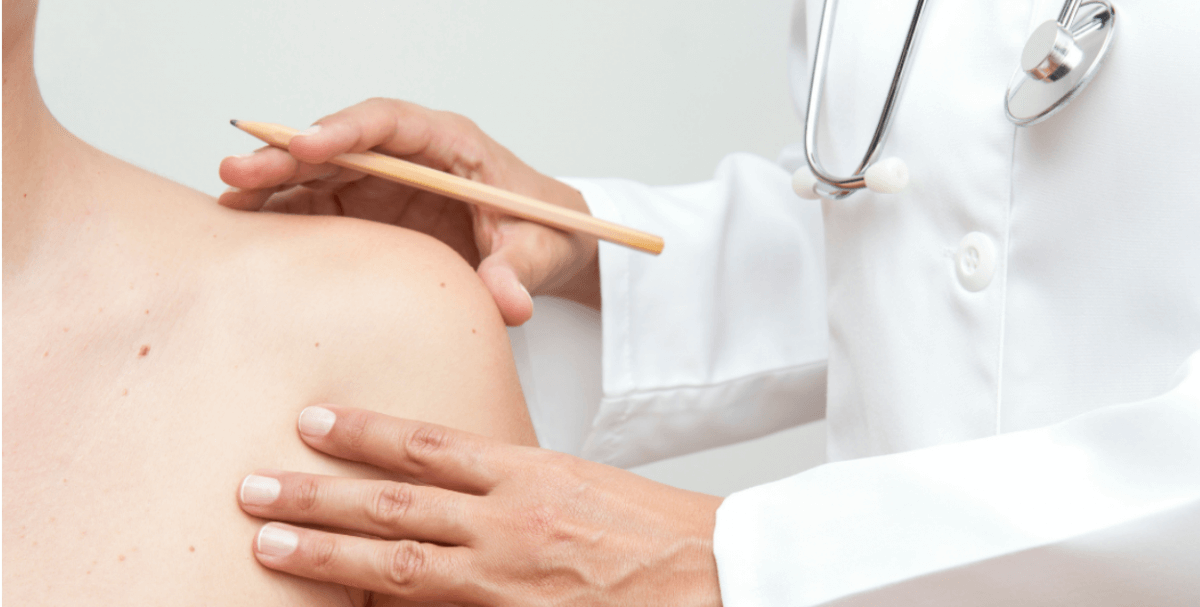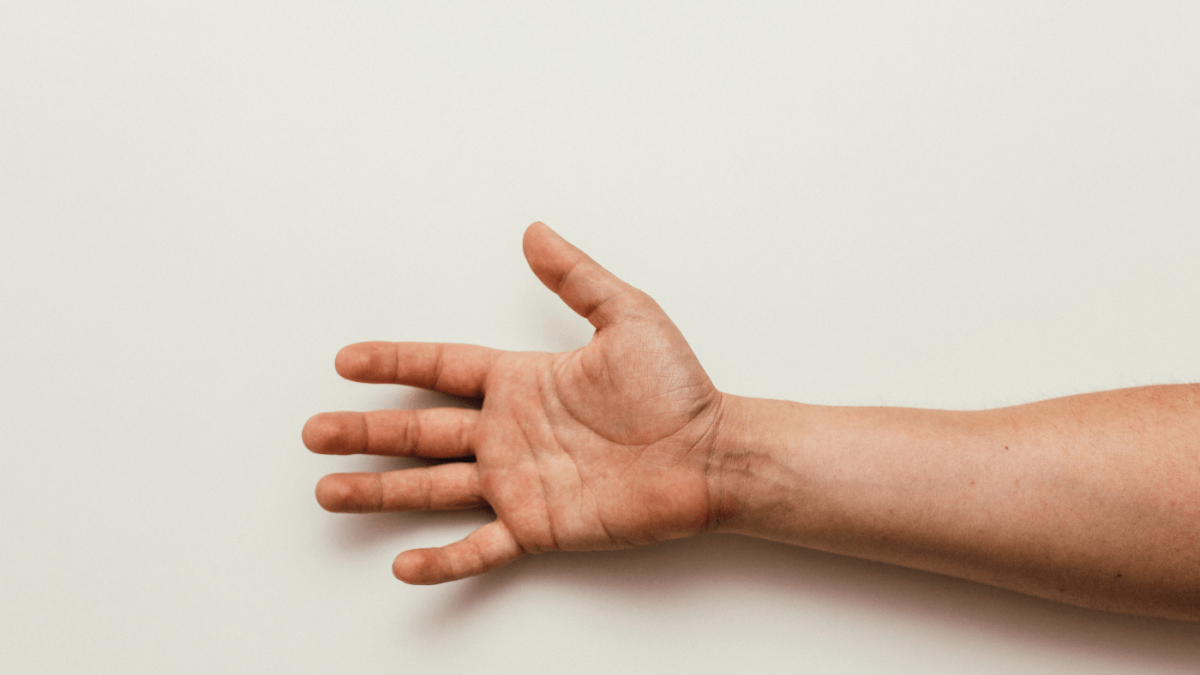As a skin cancer surgeon, I have treated tens of thousands of men and women for skin cancer. No one wants to be diagnosed with skin cancer and no one ever looks forward to skin cancer surgery. That said, our goal in this article is to help provide some useful information that may help you prepare for what to expect from skin cancer surgery. Specifically, here are some good questions to ask in order to make sure you have the best experience possible from start to finish.
If you are seeking a first or second opinion about a suspicious mole, spot rash or scar, or have trouble accessing a dermatologist, look at Modern Ritual's partnered dermatology locations here.
What happens if you are diagnosed with skin cancer?
Whether you have one of the more common forms of skin cancer, basal cell carcinoma, or squamous cell carcinoma, or a less common but still prevalent melanoma or more rare types (i.e. Merkel cell carcinoma), it is important to understand you skin cancer diagnosis.
The treatment options vary based on many different characteristics. For instance, a superficial basal cell carcinoma on the thigh may be treated quite differently from that same diagnosis on the tip of the nose. An invasive squamous cell carcinoma on the ear can be of greater concern than one on the cheek. What can also be confusing is that sometimes the initial tissue sample does not represent the full picture of what may be in your skin. For example, the initial sample may show a nodular basal cell carcinoma which typically does tends to not extend too far beyond what you can see with the naked eye. However, one study reported that up to 40% of low-key basal cell carcinomas on initial biopsy were upgraded to a more aggressive type during the complete removal during Mohs surgery.
What are your skin cancer surgery options?
There are many skin cancer treatment options depending on the tumor and as stated above, there are many factors that go into what your health care provider may recommend for you. Some of the treatments are diagnosis dependent and are not an option for certain diagnoses but the following lists several types of treatment: conventional surgery, Mohs surgery, curettage and electrodessication, radiation therapy (superficial or xray), topical chemotherapy creams, injections of chemotherapy into the site, cryotherapy (freezing) or in advanced cases, lymph node sampling and/or systemic medication.
Here are several examples for considerations before you decide on what treatment option is best for you
- Age
- Overall health
- Immunosuppressed
- Frail medically
- Ability to cooperate with procedures
- Quality of Life (how will treatment impact)
- Location of the tumor scarring
- Type of tumor
- Previous history of radiation/previous surgery history
- Medications, especially blood thinners
- Ability to perform wound care
- Level of restriction tolerance
- Marathon runner
- Someone who swims to help with their arthritis
Best practices if you need skin cancer surgery
1. Ensure you are able to identify the location that needs skin cancer surgery after your biopsy
You can take a picture with your phone right after your biopsy. You can place a small mark (sharpie marker pen works best) every few days to make sure that the biopsy site will not be difficult to locate on the day of surgery. If it is in your scalp or will be a few weeks before your surgery, it can be very reassuring on the day of surgery to confirm have any questions about the correct location for your surgery.
2. Share important medical information with your provider
Allergies: It is always a good idea to make sure at the time of your appointment the medical team can review any allergies in your chart.
Make sure your provider knows your medications. It helps if you can either update this information online or bring an accurate list of medications including creams, herbal supplements, medications not requiring a prescription that you take. Your surgeon may ask for you to hold certain medications if appropriate (i.e. baby aspirin) or ask that you get your warfarin/coumadin levels a few days ahead of your surgery.
Confirm that your medical history is accurate and up to date. Clarify with your surgeon whether or not you will need to take any special medications or precautions (i.e. if you have had a joint replacement or an artificial heart valve and the surgery is in a highly colonized area such as the mouth, underarms or groin OR if there is a chance the site is infected)
It never hurts to double-check as sometimes the interval between your initial referral or appointment, you may have had an adjustment in medications.
Confirm your primary care provider is receiving information about your treatment. If you anticipate significant anxiety on the day of your procedure, you should discuss options with your provider. Anti-anxiety pills are typically taken 1 hour prior to the appointment and require a driver. Realize if you take this type of medication it is wise to have someone with you the rest of the day to make sure they hear your instructions and prevent falls.
What should patients expect on the day of their skin cancer surgery?
Make sure you understand what to do about taking your regular medications. Typically on the day of your surgery, patients will take all of their medications and eat a normal meal. However, if being sedated, you will need to clarify this information.
With COVID-19, you may not be allowed to have someone stay with you during your procedure. Please be aware of the official office policy. You should clarify whether or not a driver is recommended.
Dress comfortably and in layers. Bring materials to keep you occupied if there is a bit of a wait.
Your surgical team will review the information as above and you should be asked to verify the site that is to be removed.
Once your site is verified and consent is signed, a team will begin getting you ready with prepping the site to reduce the risk of infection and the local anesthetic will be injected.
Make sure to let the injector know if you need a break. Taking slow deep breaths can sometimes be helpful. Let your surgeon know if you are feeling anything sharp or uncomfortable. Your medical team will not know if you are uncomfortable unless you help by telling them.
Once the procedure is completed, you will be bandaged and educated on your wound care. If you have someone with you, it is a good idea to have them hear the instructions as well. Make sure you know (1) when are you are to be seen again, (2) when will you get your report back and (3) what the best number is to call if you are having any issues of concern.
Preparing for post skin cancer surgery at home with at-home supplies
Knowing how to prepare for going home by asking about any limitations on activity.
- Will you be able to drive home?
- If the skin cancer is on your leg, should you have crutches or a cane?
- How many stairs do you need to climb to get into your house/bedroom?
- Will you be able to take care of yourself or will you need help?
- Should you plan to go straight home or will you be able to run errands or go out?
- When can you exercise or swim again safely?
- What supplies are best to have at home (i.e. gauze to dry the wound, non adherent wrap, hypafix, cotton balls, qtips, telfa gauze, hydrogen peroxide, vaseline, aquaphor, ICE PACKS)?
- It is best to pick those up before your surgery so you do not have to worry about picking them up after your procedure.
Talk with your team about what to expect and what supplies to have on hand (i.e. acetaminophen, naproxen, ibuprofen, etc) that are safe (if you are on a blood thinner, typically you only will use acetaminophen for pain) for you to use with specific instructions on how to dose them. It is recommended that you do not wait for the pain to begin that first day. You should try to take your medication at the appropriate time intervals and not wait for the pain, but not exceed daily recommended dosing.
Last but not least: Have your meals that day already prepared so you do not have to do much standing or lifting.
Additional Dermatologist-approved tips for post skin cancer surgery
If you start having some bleeding at home: hold pressure very firmly for at least 10-15 minutes without checking, looking, dabbing or peeking. If you look, it won’t clot and won't stop. You must hold firm pressure directly over the wound in order to compress the blood vessels so they will clot.
If your site is bleeding profusely, especially if you are on a blood thinners or you are not able to apply the pressure or have someone to help you do this, you may need to call 911 or have someone take you to the Emergency Room.
Always wash your hands thoroughly before changing your bandages and avoid touching the wound with your fingers. Use cotton balls, gauze or q tips/cotton swabs as much as possible. If your wound is hurting more rather than less each day, let your provider know as this may be important for them to know to help you avoid problems with healing.




